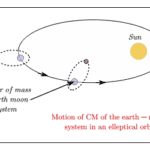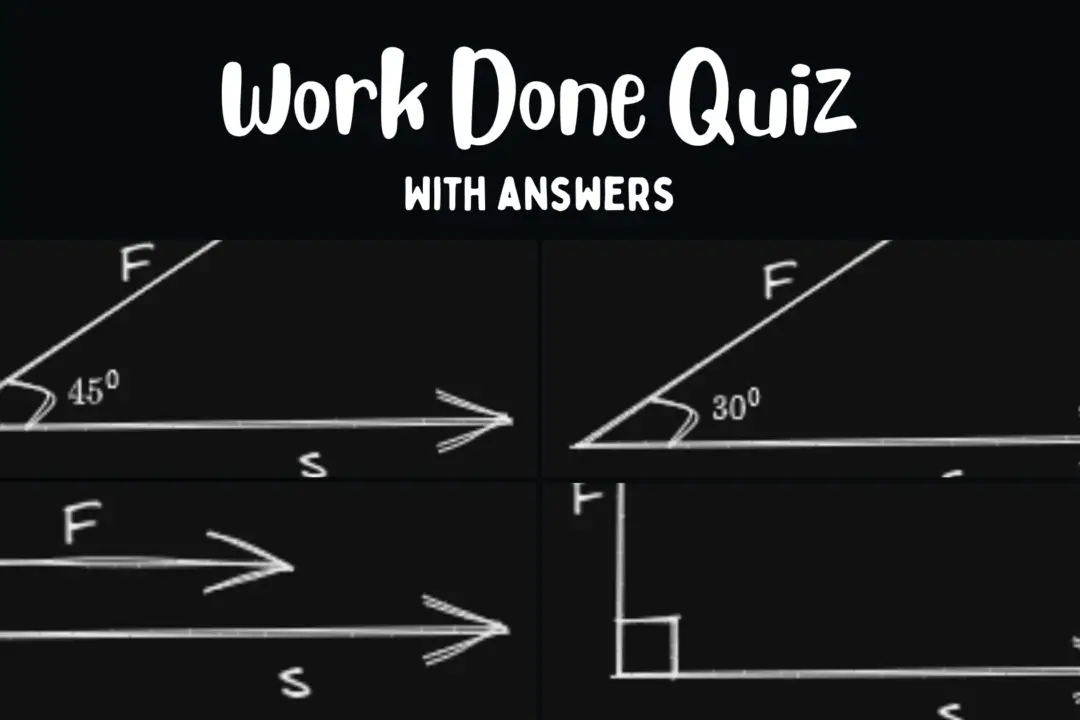If $E$ and $G$ respectively denote energy and gravitational constant, then $\dfrac{E}{G}$ has the dimension of: [PMT/NEET-2021]
a. $[M^{2}][L^{-2}][T^{-1}]$
b. $ [M^{2}][L^{-1}][T^{0}] $
c. $[M][L^{2}][T^{-2}]$
d. $[M][L^{0}][T^{-2}]$
Answer: b. $ [M^{2}][L^{-1}][T^{0}] $
Explanation:
Let me solve this step-by-step with a clearer approach to find the dimensions of $ \frac{E}{G} $.
Step 1: Dimensions of Energy (E)
Energy can be derived from work done:
- Work = Force × Distance
- $ [E] = [MLT^{-2}] × [L] = [ML^{2}T^{-2}] $
Step 2: Dimensions of Gravitational Constant (G)
Using Newton’s law of gravitation: $ F = \frac{Gm_1m_2}{r^{2}} $
Rearranging to solve for G: $ G = \frac{F × r^{2}}{m_1 × m_2} $
Now finding dimensions:
- Numerator: $ [F] × [r^{2}] = [MLT^{-2}] × [L^{2}] = [ML^{3}T^{-2}] $
- Denominator: $ [m_1] × [m_2] = [M] × [M] = [M^{2}] $
Therefore: $ [G] = \frac{[ML^{3}T^{-2}]}{[M^{2}]} = [M^{-1}L^{3}T^{-2}] $
Step 3: Calculating E/G
$ \left[\frac{E}{G}\right] = \frac{[ML^{2}T^{-2}]}{[M^{-1}L^{3}T^{-2}]} $
Method: When dividing dimensions, subtract the exponents:
- For M: $ 1 – (-1) = 1 + 1 = 2 $
- For L: $ 2 – 3 = -1 $
- For T: $ -2 – (-2) = -2 + 2 = 0 $
Result: $ [M^{2}L^{-1}T^{0}] $
Since $ T^{0} = 1 $ (dimensionless), the final answer is $ [M^{2}L^{-1}T^{0}] $ or simply $ [M^{2}L^{-1}] $.






